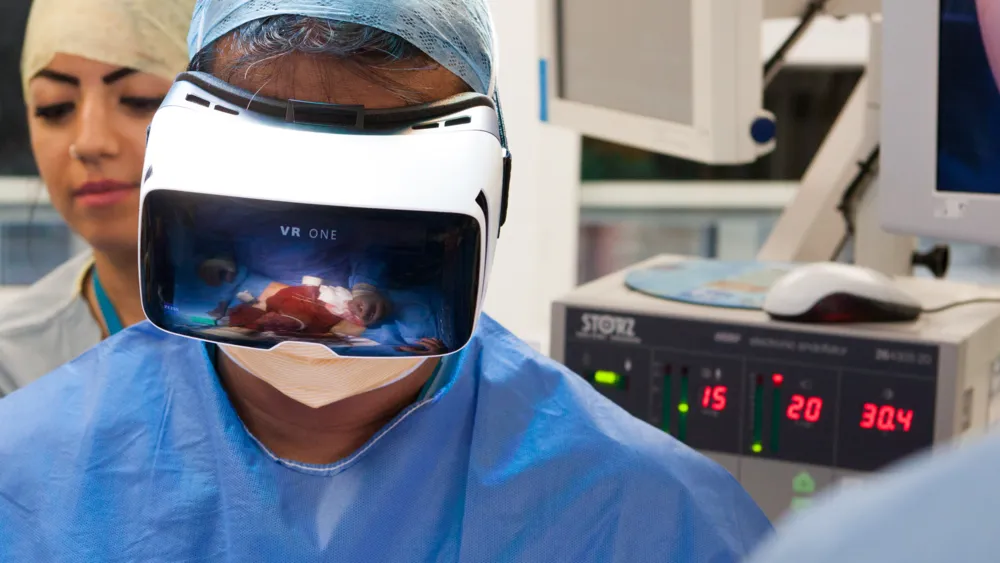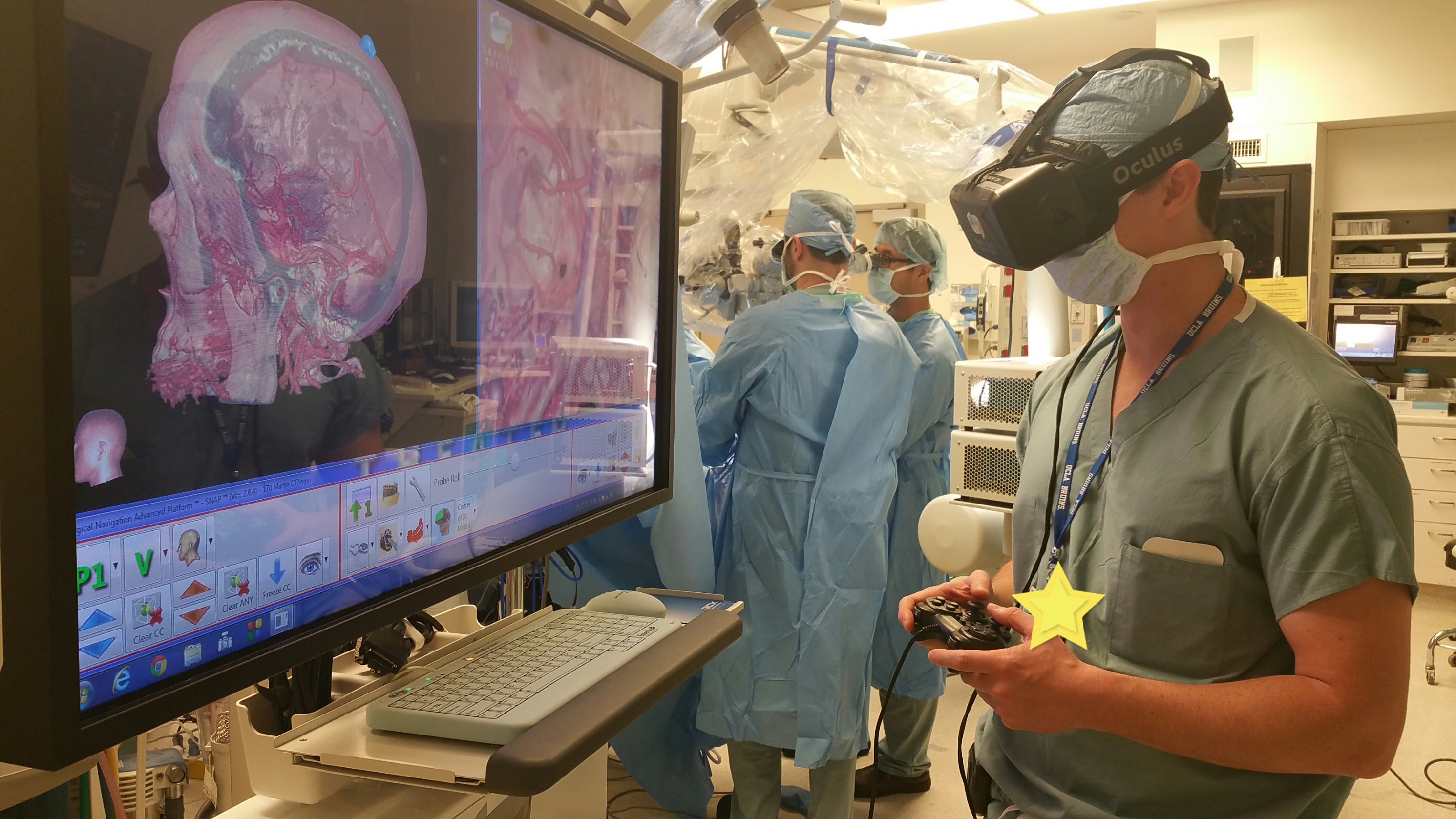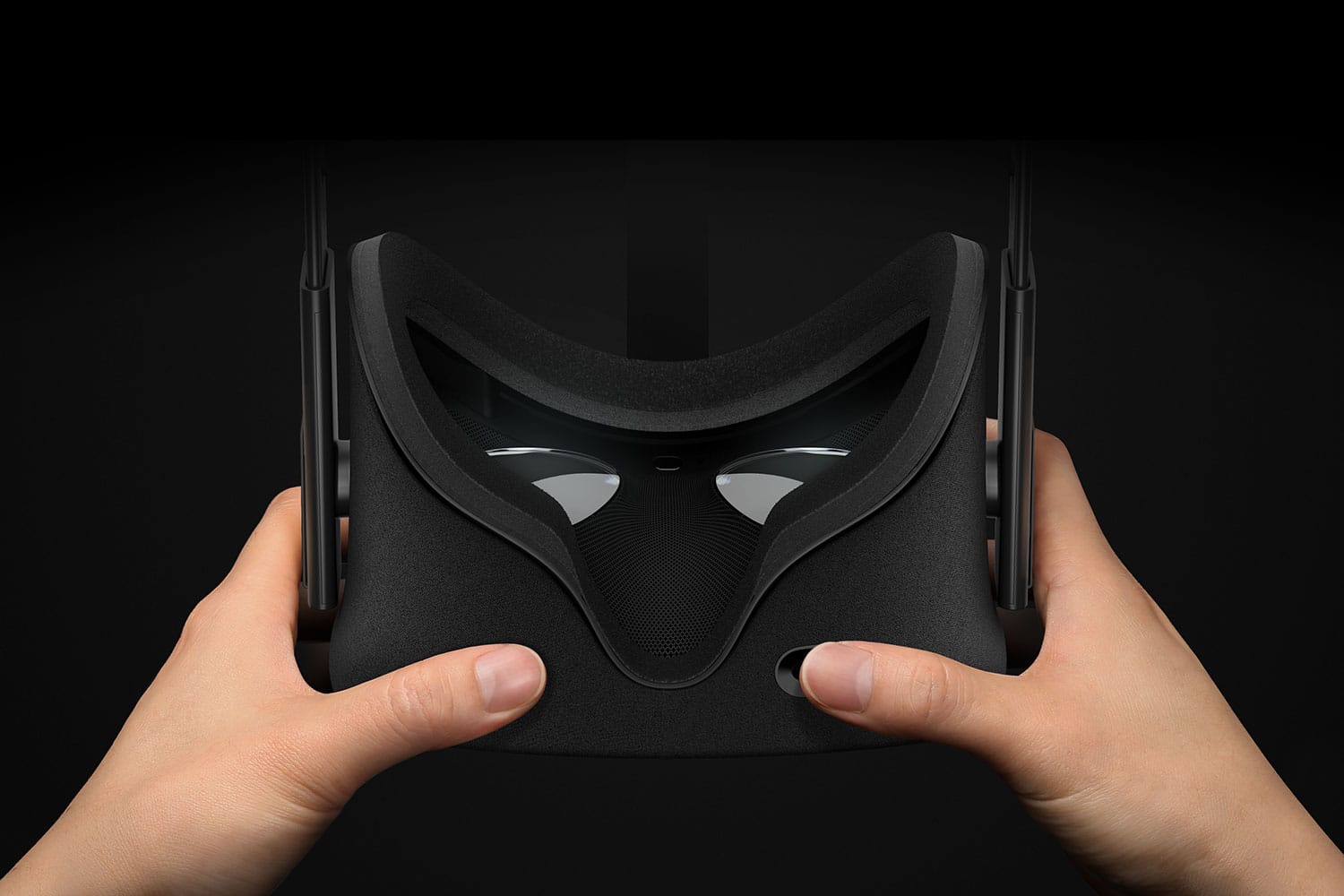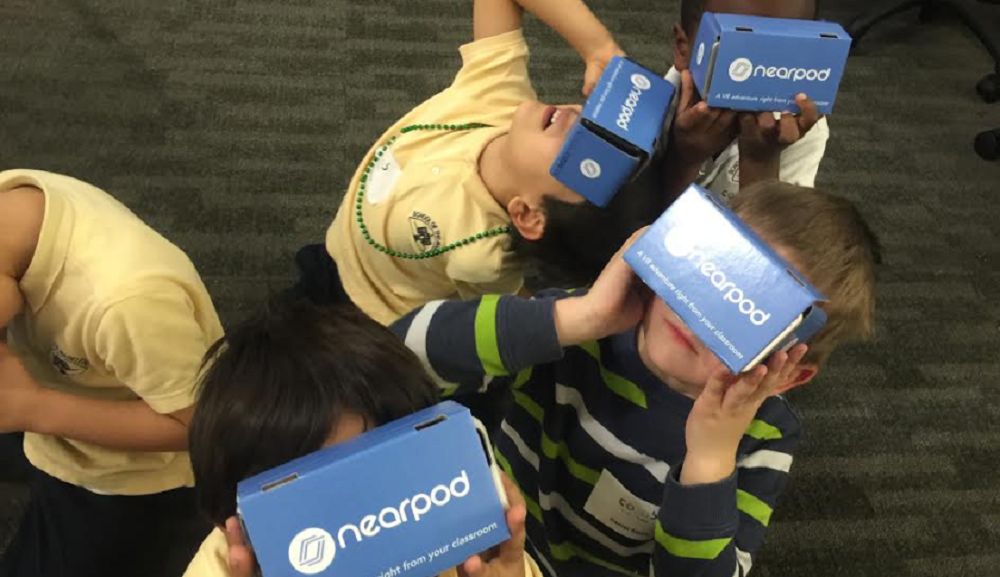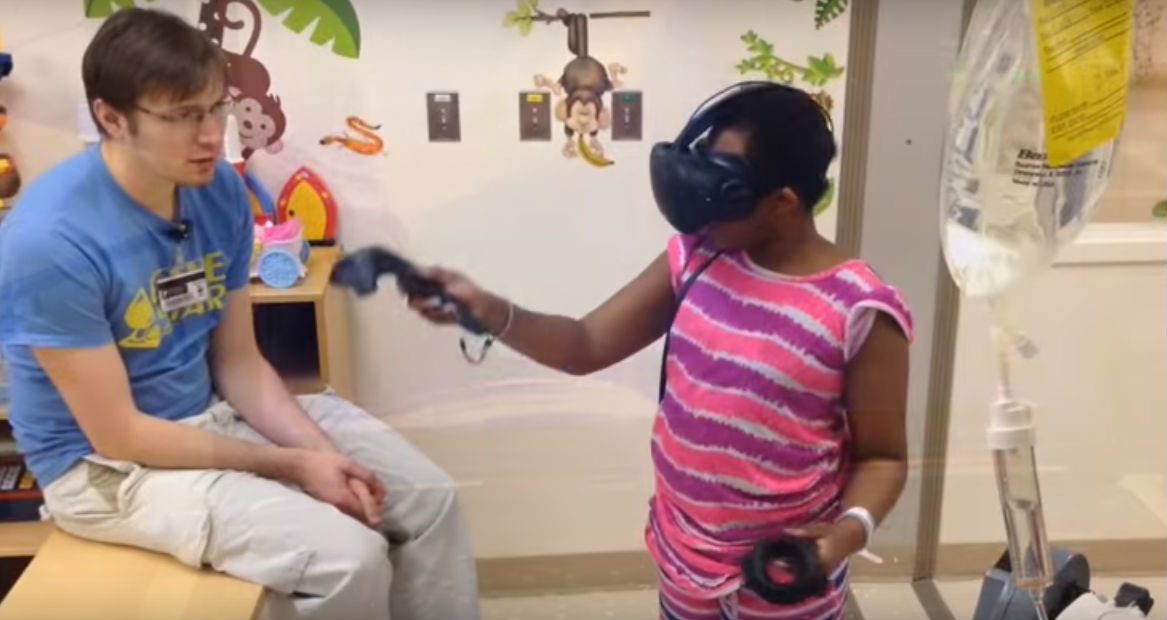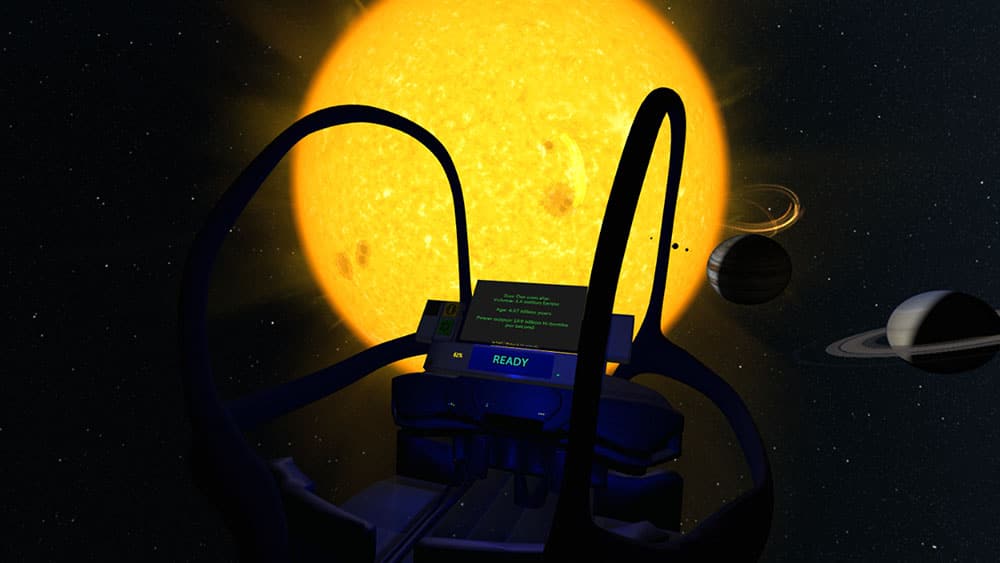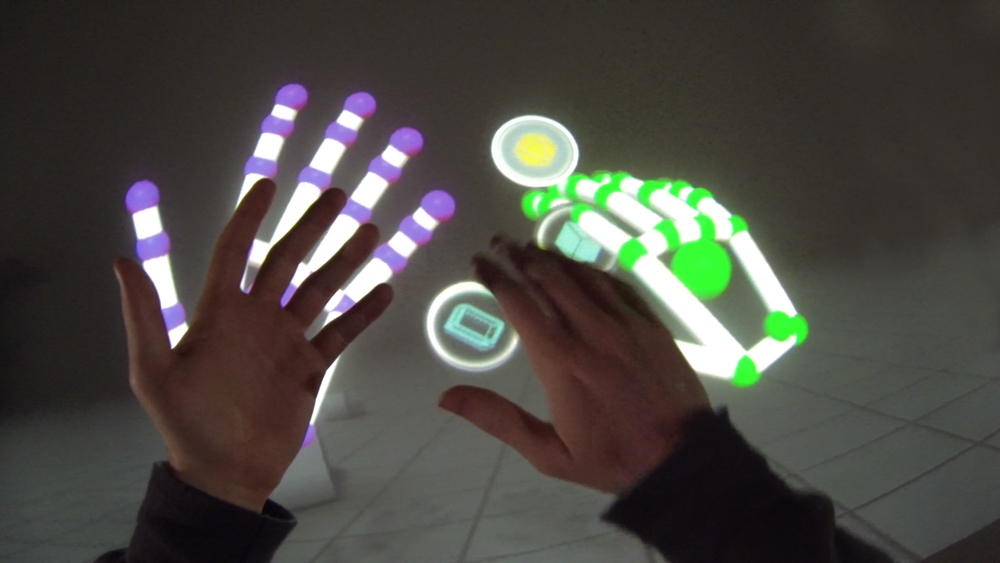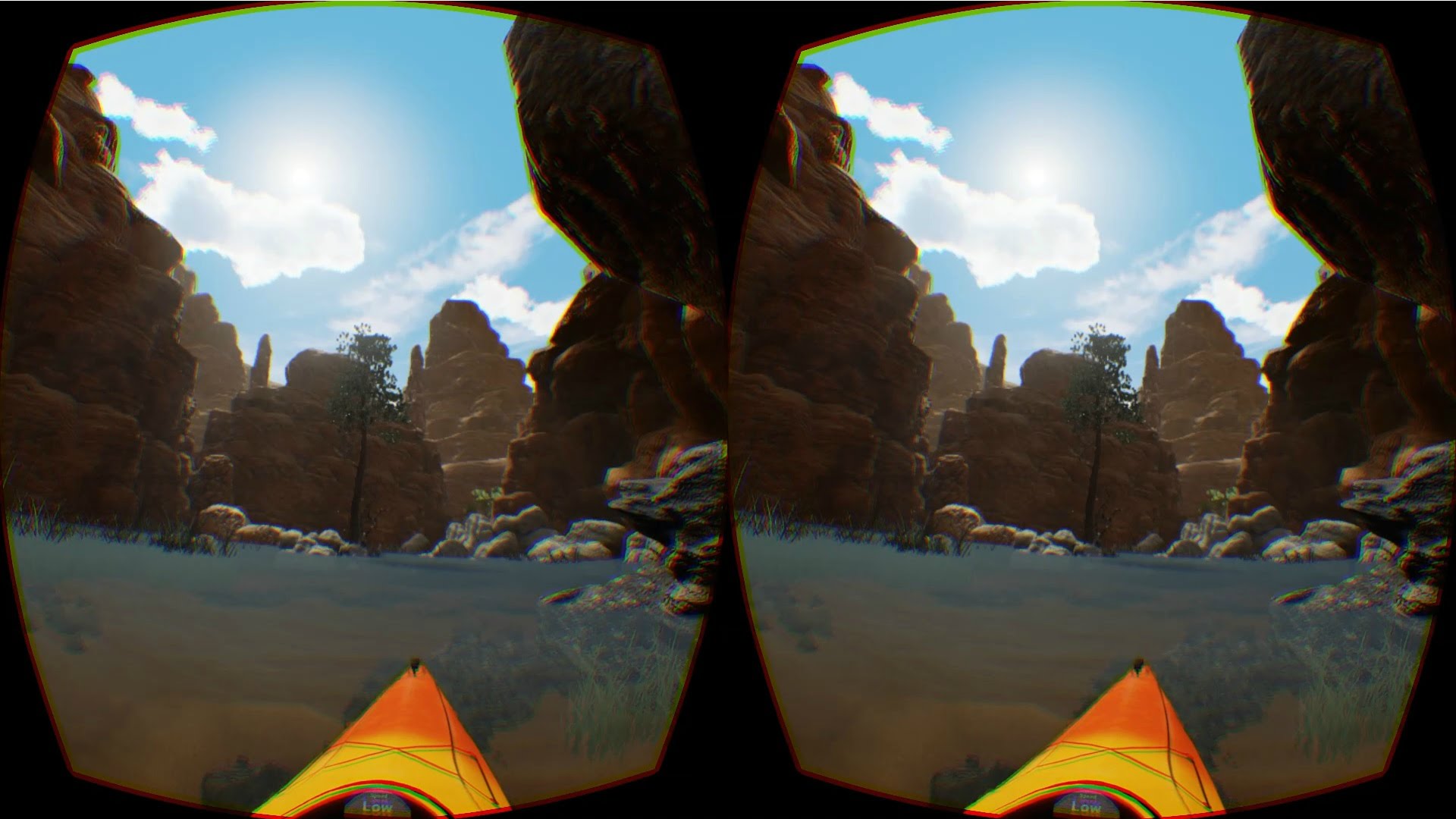We’ve seen VR help save a baby’s life, help cure isolation in hospital patients, and even deal with PTSD in military veterans. It’s a diverse and far-reaching technology that has applications far beyond just video games. Companies like NASA are even utilizing AR with the HoloLens as you read this, or programs like Realities.io are making tourism more accessible than ever.
On May 3rd, I hosted a panel full of experts from the education and healthcare industries at the Upload Collective. The panel (recorded at the top of this article) was so rich with thoughts, it can take some time for everything to sink in. It’s important that people should never stop learning new things, so I’ve put together 7 valuable lessons I learned from that panel.
Content is Key for VR and AR Adoption in Education and Healthcare
Great immersive content is selling hardware. That’s why great content will be critical for VR adoption in healthcare and education. While the technology is out there and available, the right content is the key factor that gives sense to the technology and thus drives the adoption itself.
Content is also a great opportunity for investment. Healthcare and education are the industries where the most money is spent in the US and after the huge Facebook purchase of Oculus, the market started to swell. Although the focus of the investors has been more on the technology side so far, this is going to change as the manufacturers will seek more and more content to be able to sell their hardware.
Privacy and Security are Crucial
Medical data is full of inherently personal information and should be kept secret. The issue with VR devices is that they collect data about the user’s behavior on their servers. In case the user suffers from some disorder or mental disease, the data of his behavior is collected and perhaps linked to his name. I think this fact poses serious challenges to the protection of the data and the usage of this data by manufacturers, since mental conditions of the users might potentially be highly stigmatizing.
The data gets sensitive again when it comes to kids using VR for education. As Dr. Michael Carter, former advisor of Steve Jobs for education, pointed out, it’s a question of who owns the data about the kids’ behavior and who gets to manipulate it, read it, and use it. These principal questions should be answered when discussing the security and privacy of VR user data.
VR Can Teach Us How People Learn
According to Stanford research, VR can provide data that shows us the preferred learning styles of different students, which is a huge revelation. Since VR tracks things like attention span, where the user is looking, and what they do inside of a piece of software much more carefully than a standard 2D device, there are far-reaching benefits.
Let’s imagine that students from elementary school grades will spend one hour in the beginning of every school year in a VR assessment program. Then based on the data, the teacher could apply adaptive learning per each student, making his or her learning experience more personalised and most importantly, more effective. Of course there would have to be a comprehensive assessment software of some kind to streamline this process, but this could mean a true breakthrough in terms of learning efficacy and personalisation.
Rehabilitations, Behaviour Medicine, Special Needs, and Addictions
VR content in healthcare can be the next big thing after the gaming vertical. But in the area of treating issues related to human psychology, it still seems to be only scratching the surface. As Dr. Greenleaf stressed, the applications and effects of VR in this area can be enormous. It’s already proven that VR and AR experiences can bring relief to people that suffer from autism.
But what about treating addictions? Virtual experiences could help build out the skills needed to fight it. There’s also a great opportunity in the scope of rehabilitation and treating age related diseases. Medicine is in a need of solving these issues but the content is not there yet.
Science and History Applications for Education
The sciences often challenge students with learning abstract topics, something that is hard to visualize and touch. Once they use VR, the abstract will become obvious and the possibility to see the objects literally in their hands will help them a great deal. Immersive virtual experiences can function as an attention-provider both in sciences and history, where the students could visit ancient buildings, take part in ceremonies, or witness vicious battles that shaped the course of history.
As Dr. Michael Carter mentioned, education is falling behind in data management. The industry is so far failing to properly asses the data coming from schools and students to innovate, so there is a great margin of business opportunity in this area as well.
Haptic Systems
The ability to have our hands and legs as a part of the VR experience is the key factor of immersion. Being able to engage with the environment brings even more involvement. Unfortunately, the technology is yet to be so developed to offer the complete option of hand manipulation – although companies like Leap Motion and Manus are making strides in that regard. And even then, these technologies have trouble providing the feeling of actually touching or having something in your hands.
The moment where we’ll be able to get true haptic feedback, actually sensing the object with our fingertips or feeling accurate physical sensations when touch the edge of something, will be a huge moment for the industry. So far, our brain is a part of virtual reality. I look forward to when our bodies will be a part as well. That will go a long way to advancing how surgeons, for example, interact in virtual environments. But we’re not quite there yet.
Putting Power Into the Hands of Teachers
Teachers are some of the busiest and most overworked people in the world. They have so much responsibility and things on their mind, that being able to adopt new kinds of technology into the classes equals a small miracle. Adoption of VR in education will only happen if it will save teachers some time or allow them to do things that they’ve always wanted to do, but couldn’t.
For example, if a teacher always wanted to take his or her kids to the Grand Canyon, but didn’t have the means, suddenly VR can make that happen. Those moments are where we will find the adoption rate start to increase: when VR and it’s content make teacher’s lives easier and student’s lives better.
—
Article contributed by Ondrej Homola, the CEO and Co-Founder of LifeLiQe.

